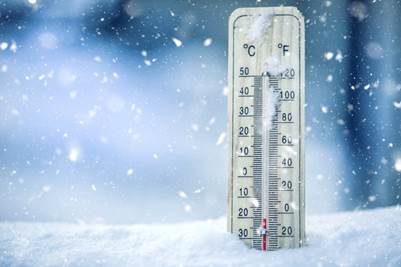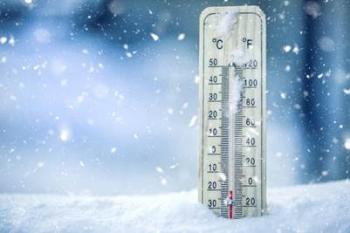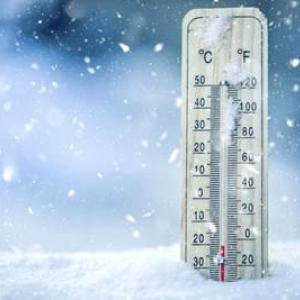Weathering the cold: Tips from CMP
Central Maine Power urges customers to take measures to stay safe and warm during the bitterly cold weather that’s forecast for Maine.
“The risk of fire, carbon monoxide poisoning and other hazards can increase as residents try to stay warm during the extreme cold,” said Bob Kump, CEO of Avangrid Networks, parent company of CMP. “As this extreme cold weather settles in, we encourage customers to look around their homes and make sure they’re able to keep themselves and their families warm, and to identify any potential safety risks that must be addressed.”
Staying warm
If you are unable to keep your home heated safely and comfortably, call 211 for resources that can help you and your family.
Exposure to extreme cold can cause serious medical conditions including hypothermia and frostbite. To avoid them, stay indoors if possible and wear warm clothing, including head covering and gloves or mittens.
For information about frostbite, hypothermia, and other concerns, visit the U.S. Centers for Disease Control and Prevention at https://www.cdc.gov/disasters/winter/index.html
Fire and carbon monoxide detectors
Incidences of fire and carbon monoxide poisoning rise during cold weather, as a result of malfunctioning appliances, poor ventilation and improper use of heat sources. Place smoke and carbon monoxide alarms on every level of your home, outside of sleeping areas and inside each bedroom. Test your smoke and carbon monoxide detectors monthly to make sure the batteries are working, and replace the batteries at least twice a year.
Carbon monoxide (CO) is odorless, colorless and tasteless, but toxic. It is a product of fuel combustion, and a buildup can result from a furnace or space heater problem. Symptoms of CO poisoning can mimic the flu, so make sure the CO detector is in working order.
For more information about fire and carbon monoxide dangers, visit the National Fire Protection Association: http://www.nfpa.org/News-and-Research/News-and-media/Press-Room/News-releases/2016/Winter-weather-months-prompt-heating-and-carbon-monoxide-safety-warnings
Stove and range
The stove, range and other kitchen appliances are designed for cooking, not heating. Use them only as specified in the manufacturer’s instructions. In addition to creating a fire hazard, a natural gas stove or oven can present a carbon-monoxide risk when used for heating.
Space heaters
Use only space heaters that have been tested and certified by a nationally recognized testing laboratory. Read and follow the manufacturer’s instructions. Never use a device designed for outdoor use indoors. Place the space heater on a level surface away from foot traffic, at least three feet from combustible materials. Inspect the cord for fraying, and after plugging it in, periodically feel the cord near the outlet to make sure the coating is not getting hot. Do not run the space heater cord under a rug or carpeting, and never use an extension cord for a space heater. Keep children and pets away, and turn off the space heater when you leave the area.
More space heater safety information can be found on the U.S. Department of Energy website at https://energy.gov/energysaver/portable-heaters
Heating, hot water and plumbing
Keep the furnace area clear of flammable materials and keep vents clear to provide a good air supply to your heating system to ensure proper combustion.
Water pipes that are exposed to cold temperatures may freeze and burst. Don’t ignore drips or odd noises from your heating system — call your heating company to investigate. Wrap exposed pipes in your basement with pipe insulation to help them retain heat and avoid freezing.
The American Red Cross offers additional tips for avoiding frozen pipes at http://www.redcross.org/prepare/disaster/winter-storm/preventing-thawing-frozen-pipes
Event Date
Address
United States
























